The Bejewled ‘Rubaiyat of Omar Khayyam’ at the Bottom of the Ocean
This luxurious edition of the Persian poetry collection went down with the Titanic in 1912.
Listen and subscribe on Apple Podcasts, Spotify, and all major podcast apps.
I recently learned that you can find a lot of old computer games on Steam. And when I say old, I mean old like Windows ’95 old. So I started poking around looking for this game that I was obsessed with when I was a kid. It’s called Titanic: Adventure Out of Time. I think it’s from like 1996. The story in the game was so good. So you play as this British secret agent who’s been fired. And in the beginning of the game, you’re just sitting in your apartment.
It’s just like depressing 1940s wartime London apartment. And the radio is playing. But then suddenly there’s this explosion that sends you reeling back into time and back to the site of your very last failed mission.
The reason why you were fired, which was a mission on board the Titanic. For this mission, you’re supposed to track down a very special artifact that was hidden somewhere on board. Which is a book covered in jewels called the Rubaiyat of Omar Khayyam.
Now, as a kid, I never finished this game. It was just like a little too complicated for me to comprehend. And I think I just spent a lot of time clicking through all the different rooms of the Titanic.
Honestly, still a great experience. But I will tell you something else that I did not know back then. Which is that the Rubaiyat of Omar Khayyam is a real book. There really was this fabulous jewel-encrusted edition of the Rubaiyat that went down with the ship. But the more that I learned about this book and how it came about, the more I became convinced that the Titanic connection might actually be the least interesting thing about it.
I’m Amanda McGowan, and this is Atlas Obscura, a celebration of the world’s strange, incredible, and wondrous places. And today we are looking for the Rubaiyat of Omar Khayyam. It’s a story about how a medieval Persian mathematician became one of the most famous writers in the English-speaking world. And how his most famous work wound up at the bottom of the ocean, both in real life and in this old video game that I’m obsessed with.
This is an edited transcript of the Atlas Obscura Podcast: a celebration of the world’s strange, incredible, and wondrous places. Find the show on Apple Podcasts, Spotify, and all major podcast apps.

Okay, so about 800 years before the Titanic sank, there was a brand new observatory being built in the city of Isfahan in Iran. So, the sultan at the time had ordered construction of this brand new observatory because the calendar that he had been using was getting all out of whack, and it was impacting his ability to collect taxes on time. So yes, death and taxes are constants throughout history.
The sultan wanted a very specific person to create this new calendar, and it was this genius mathematician named Omar Khayyam. Omar Khayyam was born in the city of Nishapur, which is today in the northeastern part of Iran, close to the border with Turkmenistan.
And Khayyam made a name for himself working out these extremely complicated mathematical problems. So he wrote about algebra and Euclidean geometry, and something about cubic equations, I think, is like his main thing. If you’re a math person and you really want to know more about this, I will link to some stuff in the episode description, but I unfortunately cannot explain it much more than that.
But back to the calendar. Khayyam’s job with the calendar would be both very complicated and very precise. He had to use all the most up-to-date instruments and tools and technology of the day, like things like astrolabs. But at the same time, it would also be somewhat simple or repetitive.
He would measure the progress of the stars across the night sky, night after night, until he knew exactly how much time it took for the year to go by. So that is what Omar Khayyam did. He measured the sky every night. He put together a calendar and he presented it to the sultan.
This calendar is actually still used in Iran today. It’s called the Jalali calendar. This work made Omar Khayyam very well known, very well respected. He became a fixture of the court of the sultan and also published writing about math and astronomy and philosophy.
But then, kind of interestingly, he sort of dropped off the face of the historical record. For 16 years before he died, there’s pretty much no mention of him anywhere, and it seems like nobody really knew what he was up to. All we know is that when it was time for him to die, he returned to the place he was born, and he died sometime around 1131 in the city of Nishapur.
But then after Omar Khayyam died, something very interesting started to happen. Other people started writing about Omar Khayyam’s career, and they weren’t talking about math or astronomy or even philosophy, but his poetry. So during the next couple hundred years, these manuscripts that were produced around the Persian literary world and the Indian literary world included poems that were attributed to Omar Khayyam, hundreds of poems attributed to him.
These poems all pretty much took the same form. They were short, just around four lines. They had an A-A-B-A rhyme scheme, and this is a form called a ruba’i, or the plural form is rubaiyat. Khayyam’s rubaiyat are short and sweet, or maybe you would say bittersweet.
Here’s an example, pardon my reading: “A book of verses underneath the bough, a jug of wine, a loaf of bread, and thou beside me, singing in the wilderness. Oh, wilderness, we’re paradise in now.” So a lot of these poems are about celebrating life, enjoying life, and enjoying the kind of simpler things in life: a jug of wine, a loaf of bread.
There’s this theme that life is short, you know, death comes for all of us, that life is this repetitious cycle of suffering, but that we should enjoy it anyway.
I should point out that there is this raging scholarly debate today about whether Khayyam actually wrote all of these poems or whether they were just attributed to him. There’s even one theory that says that Omar Khayyam the astronomer and Omar Khayyam the poet were two completely different people.
But other scholars make very compelling and convincing cases that these poems really are by Omar Khayyam, at least many of them. And when you think about it, who else would know better about the cycle of life than a guy who diligently watched the sun set and rise every single day for years and years while making a calendar?
Until the 19th century, Khayyam was known throughout the Persian-speaking world as a somewhat minor poet. His reputation was definitely as more of an astronomer, more of a mathematician, but the poetry was kind of like a cool side gig, extracurricular activity kind of thing.
But then in the year 1852, there was this young scholar in England named Edward Carroll, and he was walking through the stacks of a library at Oxford, just poking around, and he came across this beautifully decorated 16th century manuscript, and it was a collection of Omar Khayyam’s Rubaiyat.
Now, Carroll, the scholar, knew someone who would actually really, really like this manuscript. So he made a copy of it, and he gave it as a gift to one of his good friends, a man named Edward Fitzgerald. And yes, apparently everyone in Victorian England was named Edward.
Fitzgerald was kind of an interesting guy. He was born to really, really, really, he was born to rich, rich, rich, rich parents, very rich parents. He never had to have a real job in his life, but he loved literature and learning languages.
Edward Carroll was actually one of his language teachers and one of his great friends. Some historians say that Fitzgerald may have been in love with him, but then Carroll moved away, and maybe to cope with this big change, Fitzgerald threw himself into a giant project, translating the Rubaiyat into English.
So this is what he did. It took him about three years. And when he was done, he paid with his own money to have the book printed and sold at a bookshop in London. The book was not an overnight success by any stretch of the imagination. The bookseller basically put it out, tried to get people to buy it, nobody bought it.
So he kept putting it on sale, 50 percent off, 60 percent off, you get the idea, big red sticker on sale. And finally, he was like, whatever, put a basket of them outside of the bookshop and said that people could just pick them up for free or like a penny or something like that.
And that actually did the trick. A famous editor was walking by, he saw it, he picked it up. He said, oh, wow, I love this. He started passing it around. And over the next few decades, the Rubaiyat of Omar Khayyam became a sensation in the British and American literary world.
And it became probably the most famous work of poetry in the English speaking world at that time. Literary salons called Omar Khayyam clubs started popping up in Europe and America. And they attracted all these really famous writers like J.M. Barrie, author of Peter Pan, and Arthur Conan Doyle, of course, creator of Sherlock Holmes.
And they would get together and discuss the poetry and have dinner and other salon type things. There were also nightclubs named after Omar Khayyam. Many, many, many editions of the Rubaiyat were published over the next few decades.
And probably the most interesting and infamous edition was one that was produced in 1912 by these two bookbinders. They were commissioned to create like the most luxurious book ever made. They put thousands of jewels on this book, all these lavish, lush illustrations.
It was gonna be shipped from England to the U.S. on the Titanic. And unfortunately, it sunk to the bottom of the Atlantic. So you may be wondering why the poetry of a medieval Persian mathematician took off in such a huge way in the 19th century on the other side of the world.
And there’s a lot of interesting ideas about why that is. Some people say that the poem’s emphasis on enjoying life and on not waiting for the afterlife to have a good time was this kind of tantalizing challenge to the Victorian world.
Kind of tantalizing challenge to the Victorian morality of the time and his emphasis on sort of life being short and we need to enjoy it while we can became even more important during those years leading up to World War I and afterward where people really felt mortality knocking on their door.
Today, Omar Khayyam is revered in Iran as a genius and a polymath and a great poet. In his hometown of Nashehbor, there’s this very beautiful mausoleum and tomb that is dedicated to Khayyam. From the outside, it has this very interesting fractal concrete design.
But if you go inside and look up, the ceiling is dark blue and it’s covered in the text of the Rubaiyat in this beautiful calligraphy. And it’s sort of golden blue and it looks a little bit like the night sky which is very cool and very appropriate, of course, for Omar Khayyam.
I will say I started playing Adventure Out of Time again with this mindset that this time, you know, I’m not a kid anymore. This time I can keep complicated tasks hopefully in mind and actually finish them. But then I started playing and was like, well, you know, it’s nice outside.
The sun’s out. The birds are chirping. And after reading about the Rubaiyat, I kind of thought, you know, I think Omar Khayyam would want me to go outside, sit under a tree with a book, have some wine and just enjoy things a little bit. So maybe I’ll come back to the game later.
I will say in this, you know, 15-minute episode, we’ve just scratched the surface of all the interesting things about Omar Khayyam and the Rubaiyat. There’s so much cool stuff out there. I will link to some of the things that I looked at in the episode description if you want to learn more. And I will also say you can find manuscripts of the Rubaiyat in libraries around the world.
There’s the one that inspired Edward Fitzgerald that’s in the library at Oxford, the Baldwin Library. There’s also a huge collection of Omar Khayyam related material at the University of Texas at Austin. And one really cool artifact that they have in their collection is a Rubaiyat that was owned by a soldier in World War I.
And if you look through it, you can see he underlined all of the lines in the poem about death. So eerie. So interesting. Check it out.
Listen and subscribe on Apple Podcasts, Spotify, and all major podcast apps.
Our podcast is a co-production of Atlas Obscura and Stitcher Studios. The people who make our show include Dylan Thuras, Doug Baldinger, Chris Naka, Kameel Stanley, Johanna Mayer, Manolo Morales, Alexa Lim, Casey Holford, and Luz Fleming. Our theme and end credit music is by Sam Tindall.


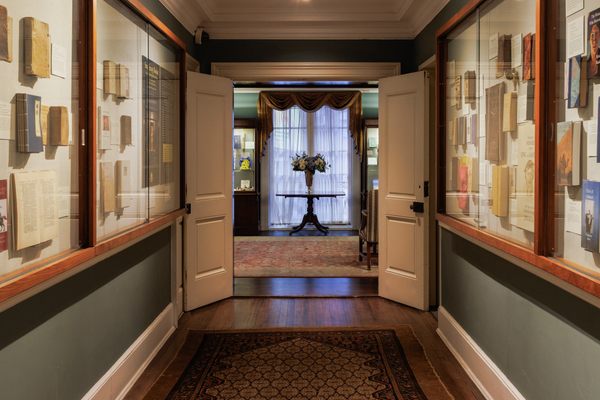


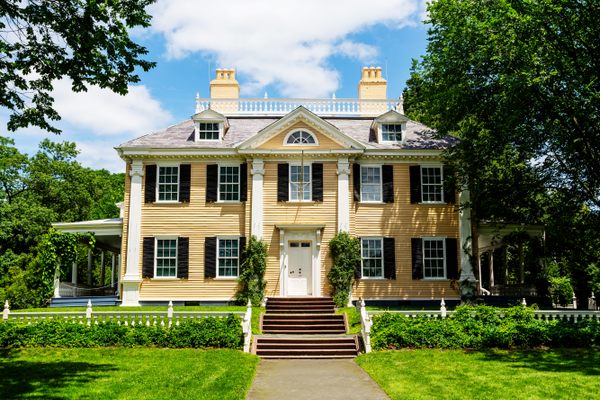



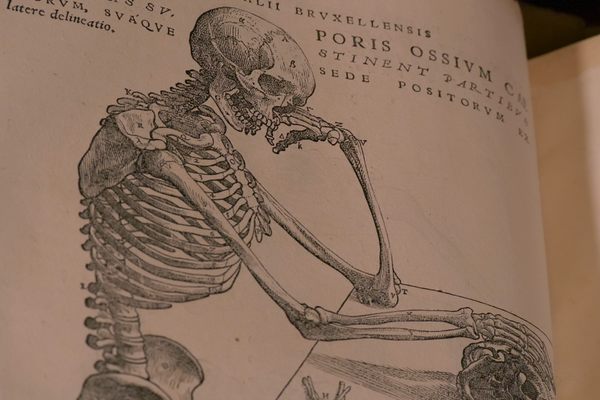

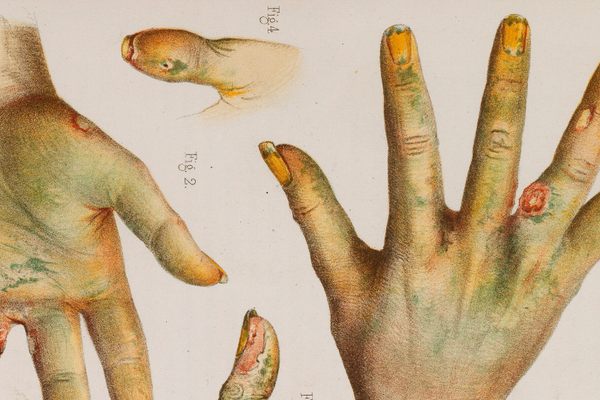
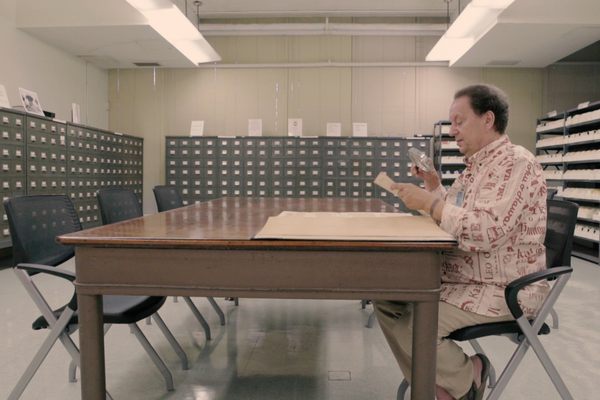


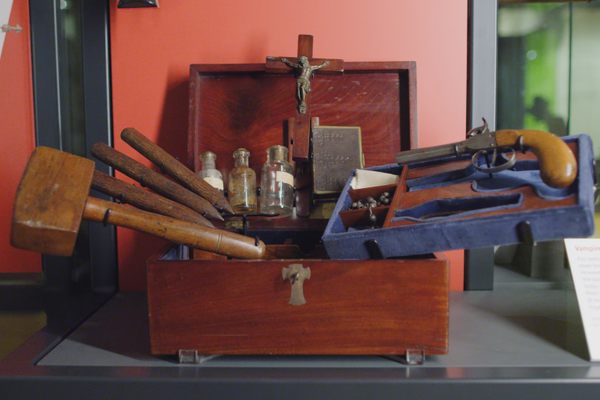



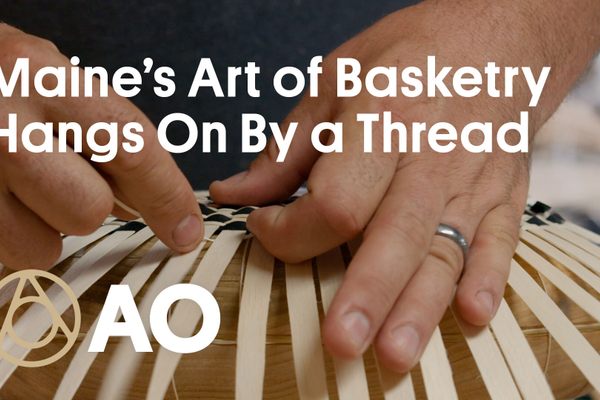
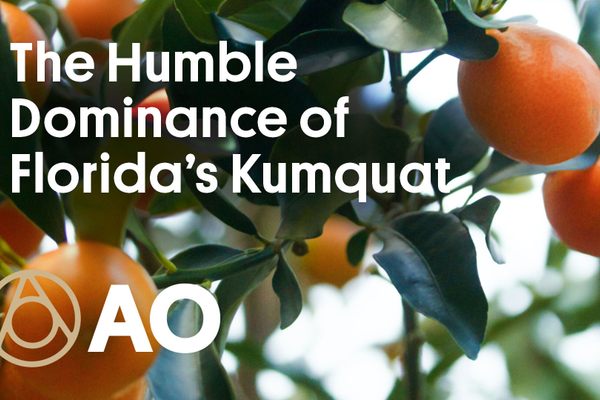
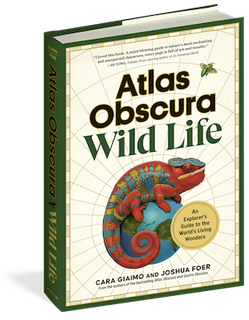

Follow us on Twitter to get the latest on the world's hidden wonders.
Like us on Facebook to get the latest on the world's hidden wonders.
Follow us on Twitter Like us on Facebook